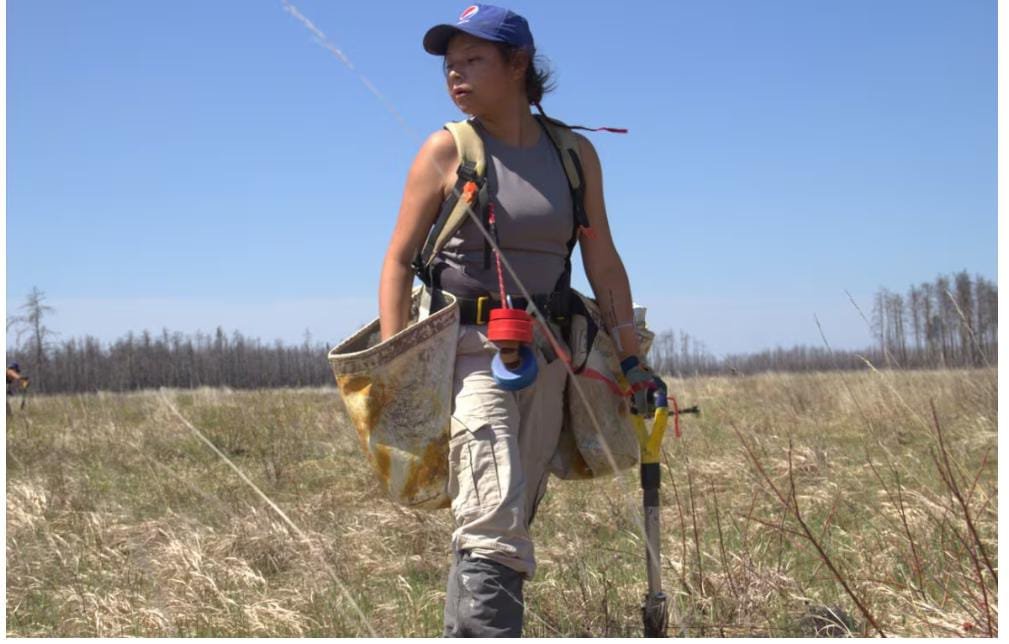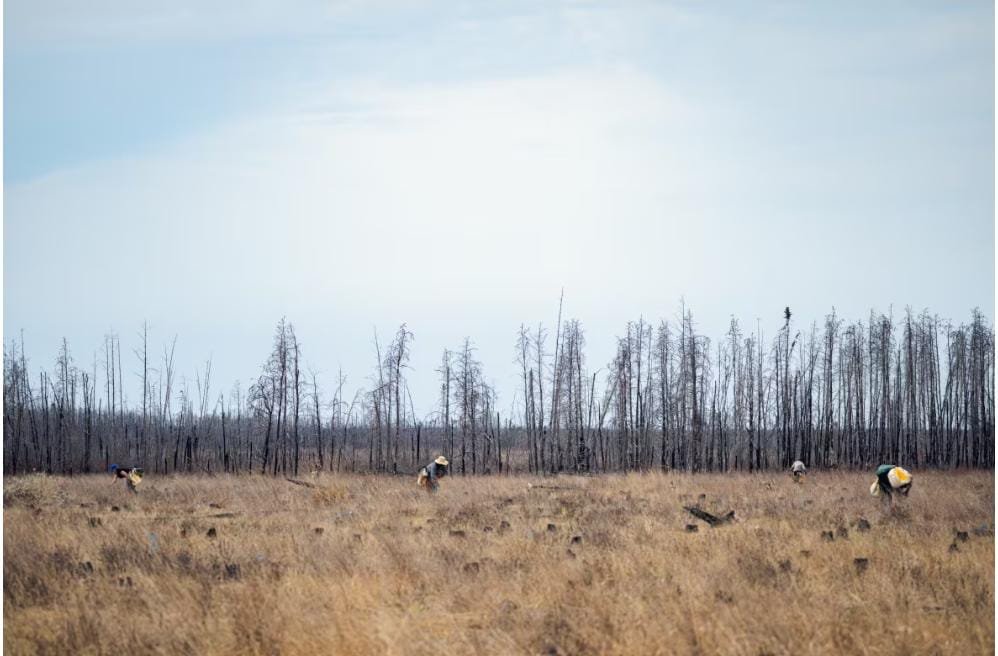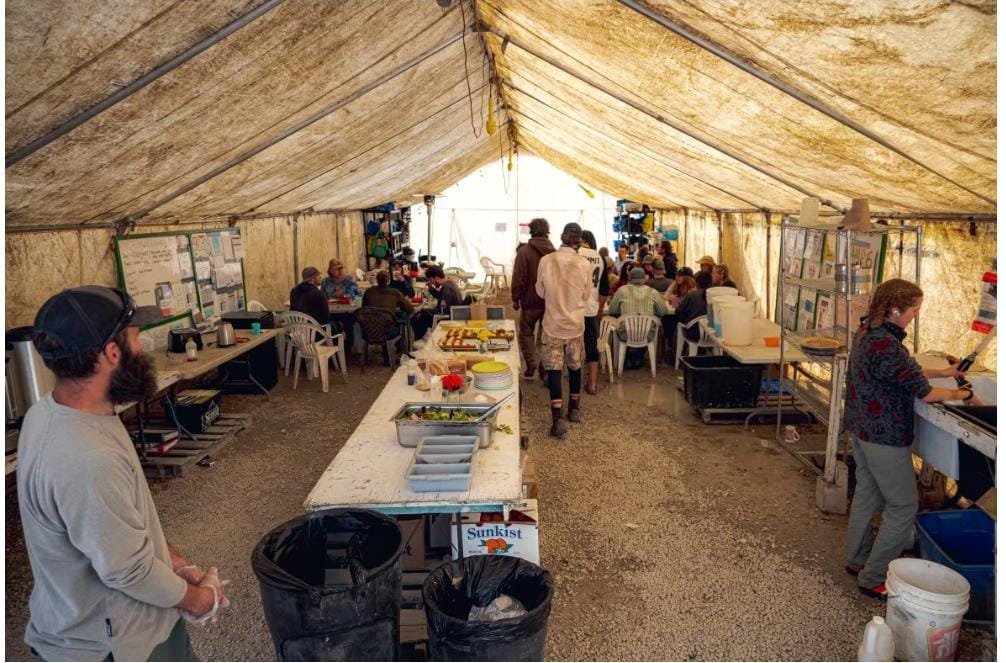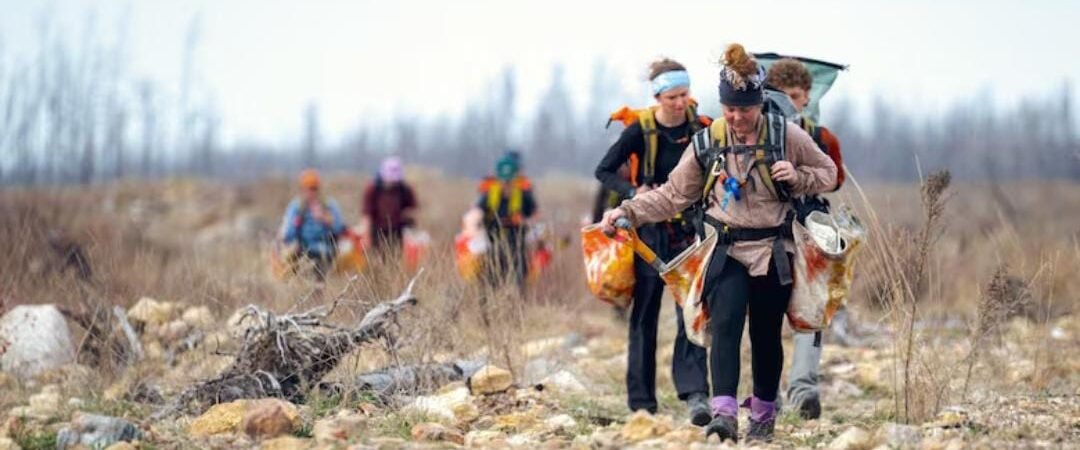Manitoba’s Wildfire Crisis Sparks Urgent Reforestation Efforts
Manitoba is reeling from one of the worst wildfire seasons in its history. Vast stretches of forest have been reduced to ash, displacing communities, threatening wildlife, and emitting millions of tonnes of carbon into the atmosphere. But amid the devastation, a bold movement is growing — one that sees replanting not only as recovery, but as a critical tool to fight climate change and protect future generations.
The Wildfire Impact: A Landscape Transformed
This year’s wildfires, fueled by record-breaking heat and drought, burned hundreds of thousands of hectares across the province. The damage has been catastrophic. Once-vibrant boreal forests — home to moose, wolves, songbirds, and countless species — now lie charred and lifeless. Smoke filled the skies for weeks, stretching far beyond Manitoba’s borders.
Entire communities, including many Indigenous nations, faced evacuation. Families lost access to traditional hunting and gathering grounds. The environmental, cultural, and emotional toll is immeasurable.
“The forest isn’t just a backdrop — it’s our life, our history, and our future,” said one community elder from northern Manitoba. “Its loss cuts deep.”

Replanting: More Than Just Trees
In response to the crisis, Manitoba has launched a large-scale reforestation campaign with multiple goals: restore natural ecosystems, support displaced communities, and use nature as a shield against climate change.
Trees are natural carbon sinks — they absorb carbon dioxide from the air and store it in their trunks, roots, and soil. But when forests burn, all that carbon is released, intensifying global warming. Replanting trees not only helps recapture lost carbon, but it also strengthens the land against future wildfires, floods, and soil erosion.
“Restoring forests is one of the most cost-effective and powerful climate solutions we have,” said Dr. Karen Ellis, a climate scientist at the University of Manitoba. “But it has to be done right.”
The Science and Strategy of Reforestation
Manitoba’s replanting strategy focuses on native species — trees that are naturally suited to the region’s climate and soil. These include jack pine, black spruce, and trembling aspen. Planting the right mix of species boosts biodiversity and resilience.
Technology is also playing a role. Drones and satellite imagery help identify high-priority areas for planting, track regrowth, and assess soil quality. But equally important is Indigenous knowledge, passed down for generations, which guides where, when, and how to plant for long-term success.
The province is also investing in youth-led planting programs, job training, and partnerships with Indigenous communities, environmental groups, and forestry workers.

Reforestation as Reconciliation
Many Indigenous communities see this moment as a chance for healing and renewal. The land is central to Indigenous identity, spirituality, and survival. By involving Indigenous voices in planning and implementation, replanting becomes an act of reconciliation as well as restoration.
“Restoring the land means restoring our relationship with it,” said Natalie Keeper, a reforestation coordinator from a Cree community. “We’re not just planting trees — we’re planting hope, responsibility, and respect.”
Climate Action with Long-Term Vision
Canada’s boreal forest — which stretches across Manitoba — stores more carbon per hectare than even the Amazon rainforest. Protecting and expanding it is critical to meeting Canada’s climate goals.
But reforestation is not a quick fix. Trees take decades to mature and absorb carbon. That’s why immediate action is necessary — the sooner forests are replanted, the sooner they start delivering benefits.
Experts warn, however, that planting trees cannot replace efforts to reduce fossil fuel emissions. Instead, reforestation must go hand-in-hand with clean energy, sustainable land management, and climate adaptation.

Challenges Ahead
Replanting on such a massive scale is not without challenges. It requires funding, coordination, time, and patience. Tree survival depends on weather, soil, pests, and fire risk — all of which are being intensified by climate change.
Still, the benefits far outweigh the costs. Forests support clean air and water, stabilize the climate, provide habitat, and offer mental and physical health benefits for people.
“This is about protecting the future for our children,” said Dr. Ellis. “The forests we plant today will be their inheritance.”
A Message of Resilience
Despite the destruction, Manitobans are not giving up. Across the province, volunteers, students, elders, and conservationists are coming together — one sapling at a time — to rebuild what was lost.
The replanting movement is not just about restoring trees. It’s about resilience, renewal, and the power of community to face the climate crisis head-on.
As green shoots begin to rise from the scorched earth, so too does a message: from tragedy can come transformation — if we act boldly, work together, and nurture the future.
Checkout our another posts:
